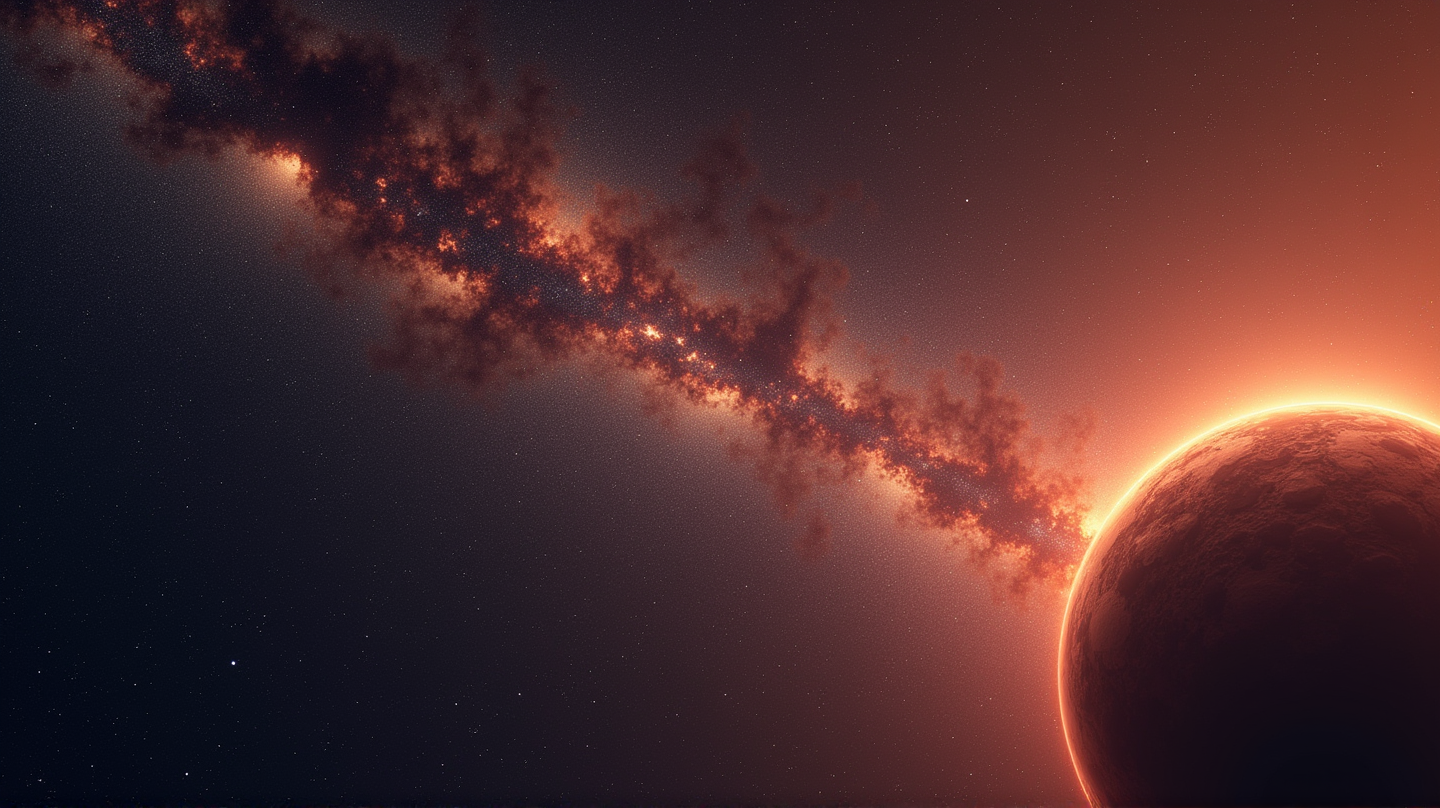K2-18b: The Elusive Quest for Extraterrestrial Life
New analysis questions possible life signatures on K2-18b, sparking a debate on deep space exploration and search for extraterrestrial life.

Prelude to a Cosmic Mystery
Recent astronomical research has a puzzled the scientific community on the possibility of alien life in the stars. This intriguing debate centers on K2-18b, a distant exoplanet located 124 light-years away in the Leo constellation. Once considered a potential cradle for life due to its optimal proximity to its star, recent findings suggest a more complex landscape.
The Initial Spark: Dimethyl Compounds
The intrigue began with Cambridge University’s Nikku Madhusudhan and his team. They employed the James Webb Space Telescope, one of today’s most advanced astronomical tools, to detect faint signs of dimethyl sulfide (DMS) and dimethyl disulfide (DMDS) on K2-18b. These compounds, products of marine algae on Earth, set off a wave of speculation about potential biosignatures hinting at life beyond our planet.
Re-evaluating the Data
Yet, the scientific journey towards confirmation isn’t to be rushed. Upon further scrutiny by Luis Welbanks and Matthew Nixon, data analysis suggested more caution was required. Applying various statistical models, their research diluted the initial claims of potential biosignature detection.
Expanding the Chemical Spectrum
The scientific scrutiny extended with an expanded list of potential chemicals, using advanced modeling that tested 90 different substances, some of which hit promising signals. Interestingly, Madhusudhan’s own team then broadened the canvas to a staggering 650 possible molecules, demonstrating both the excitement and the challenge in this field. However, the debate continues as the majority of these chemicals remain unlikely candidates for a world like K2-18b.
A Broader Analytical Perspective
Amidst this scientific tug-of-war, Rafael Luque and Jake Taylor contributed their findings. Luque’s team applied Webb’s observations spanning various infrared spectrums, revealing no major indication of DMS or DMDS presence. Similarly, Taylor’s study echoed skepticism towards the existence of strong biosignatures.
The Road Ahead
Madhusudhan underscores the essence of the scientific method—remaining open to all possibilities and encouraging debate. Future research and additional data over the coming year may yet reveal more about this tantalizingly mysterious planet.
According to NewsBytes, as debates continue among astrophysics specialists, the enigma of K2-18b grows, sparking fascination over what secrets the cosmos holds about life beyond Earth.

